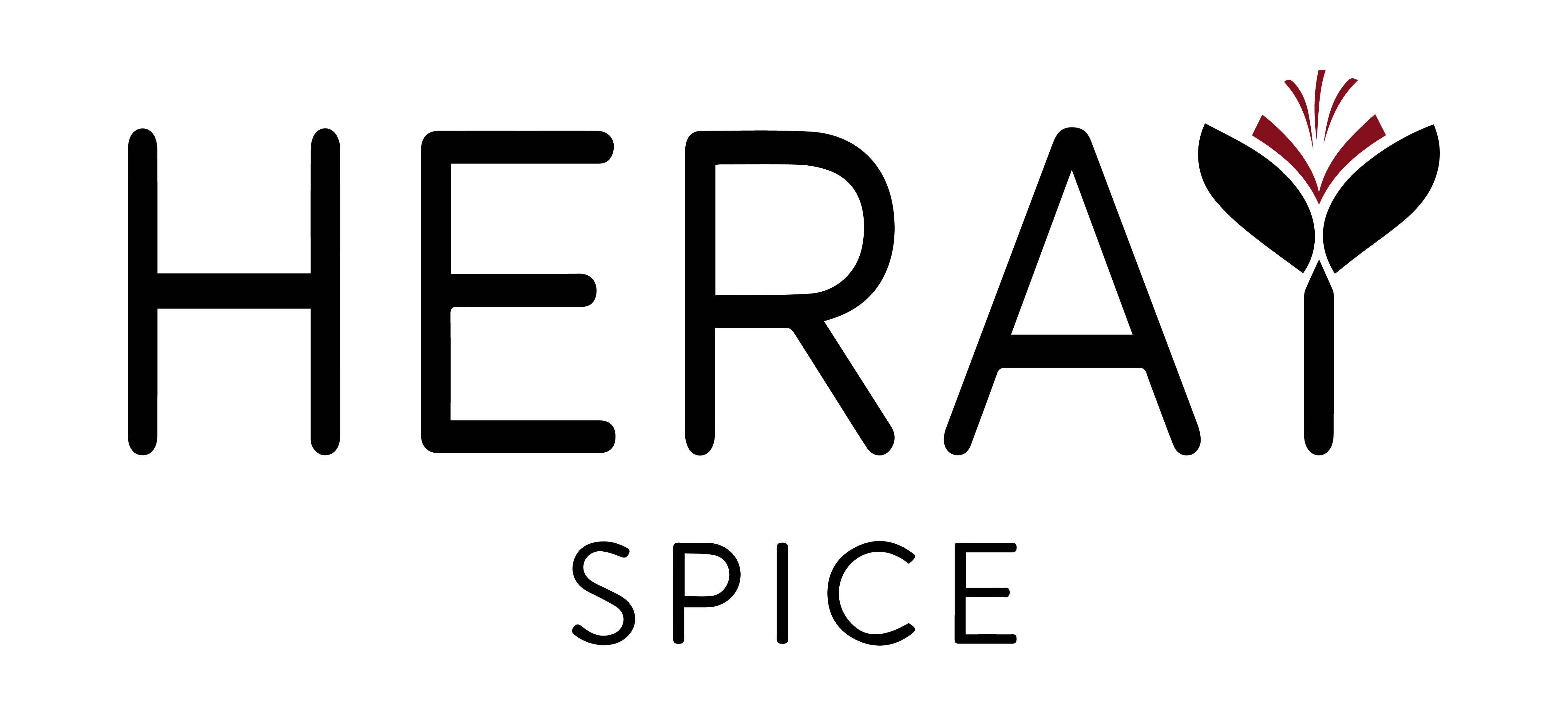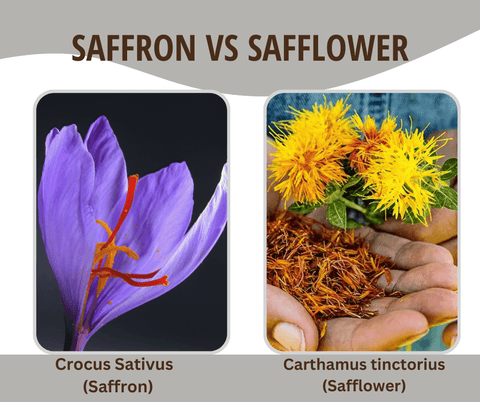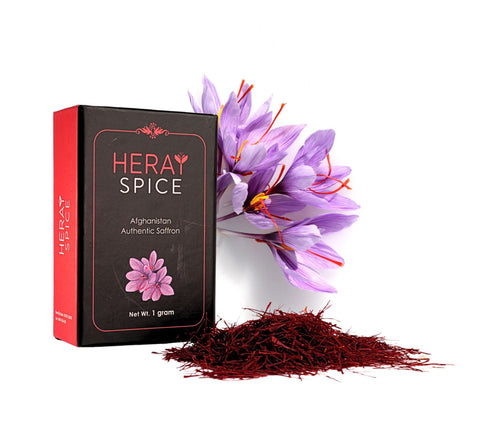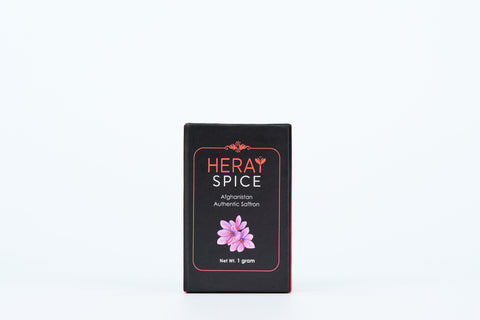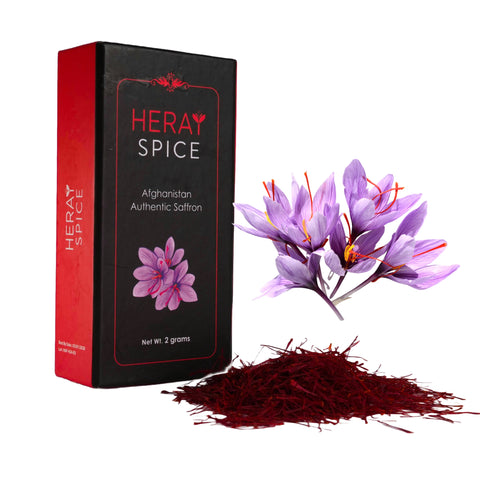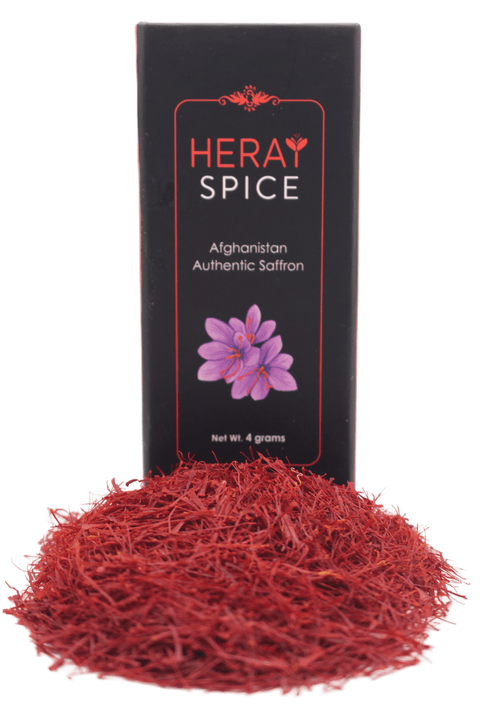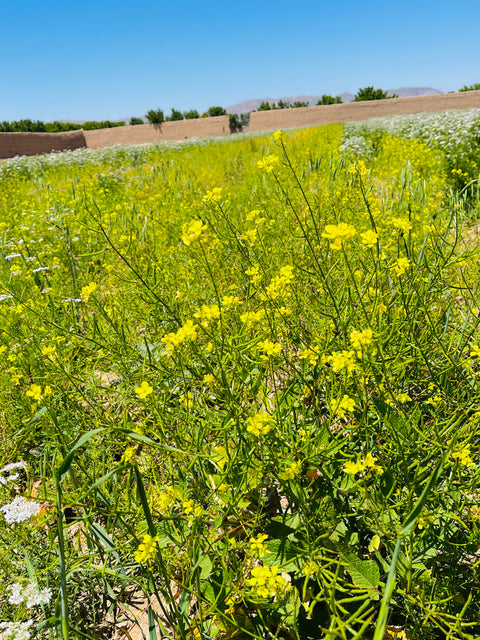Introduction:
Safflower and saffron are two distinct spices with unique characteristics and uses. Despite their similar-sounding names, they come from entirely different plant species and have diverse botanical, business, price, and culinary aspects. In this article, we will delve into adulteration and misrepresentation, and the differences and contrasts between safflower and saffron.
Adulteration and Misrepresentation:
Due to the exorbitant price of saffron, it has become a target for adulteration and misrepresentation. Saffron is often considered "red gold" due to its high cost, which has led to the proliferation of counterfeit saffron products in the market. Saffron's value and scarcity have created an incentive for unscrupulous vendors to sell cheaper alternatives while passing them off as genuine saffron.
Safflower as an Adulterant:
One of the primary adulterants used in counterfeit saffron is safflower. Safflower is less expensive and more readily available than saffron, making it an attractive choice for those looking to cut costs or maximize profits. Safflower's vivid red or yellow color, which is similar to saffron's, makes it a common choice for unscrupulous sellers.
Misrepresentation to Unaware Consumers:
Safflower is sometimes marketed as saffron to unsuspecting consumers who may not be familiar with the differences between the two spices. This misrepresentation can occur in various forms, such as safflower being sold as whole saffron threads or saffron powder. The lack of awareness about saffron's distinct qualities makes it easier for dishonest vendors to deceive customers.
To avoid falling victim to saffron adulteration, consumers should be cautious and purchase saffron from reputable sources, ideally with a recognized quality certification. It's essential to educate oneself about saffron's characteristics, including its unique flavor, aroma, and the fact that genuine saffron threads are distinctively shaped and contain three bright red stigmas.

Botanical Differences:
Plant Origins:
- Safflower (Carthamus tinctorius): Safflower is a thistle-like annual plant cultivated for its oil-rich seeds. It belongs to the Asteraceae family and is native to parts of Asia, Africa, and North America.
- Saffron (Crocus sativus): Saffron, on the other hand, is derived from the stigma (female reproductive part) of the saffron crocus flower. This crocus is part of the Iridaceae family and is primarily grown in regions with a Mediterranean climate, including Afghanistan, Iran, Spain, and India.
Plant Appearance:
- Safflower produces vibrant, yellow or red flowers that are visually appealing but not as prized as saffron crocus flowers.
- Saffron crocus bears small, purple flowers with three bright red stigmas, which are hand-harvested to create saffron threads.
Understanding these differences can help consumers make informed decisions when buying saffron and avoid being duped by safflower or other adulterants. When shopping saffron, buy from a Trusted Business that is willing to prove the purity and authenticity of their saffron.

Culinary Uses:
- Safflower: Safflower is mainly used for its edible oil, which is low in saturated fats and has a neutral flavor. It is also used as a natural food coloring agent and is sometimes included in dishes for its color.
- Saffron: Saffron is one of the most expensive spices in the world and is primarily valued for its unique flavor, aroma, and color. It is used sparingly in various cuisines, including Afghanistan, Mediterranean, Indian, and Middle Eastern dishes, to impart a distinctive and rich flavor.
Cost and Availability:
- Safflower is relatively affordable and widely available, making it a common ingredient in many households and the food industry.
- Saffron is one of the most expensive spices globally due to its labor-intensive harvesting process, with each saffron crocus flower producing only a few stigmas. This scarcity drives up the price, making saffron a luxury spice.
Medicinal Uses:
- Safflower: Safflower oil is used in traditional medicine and is believed to have health benefits, such as reducing inflammation and supporting heart health.
- Saffron: Saffron has a long history of medicinal use and is known for its potential to alleviate depression, improve mood, and offer antioxidant properties. It is often used in herbal remedies and traditional medicine.
Price and Other Reasons:
Color and Flavor:
- Safflower imparts a yellow to red color to food but lacks the distinct flavor and aroma that saffron provides.
- Saffron is prized for its vivid orange-red color and a unique, slightly sweet, and floral flavor that adds depth to dishes.
Culinary Application:
- Safflower is typically used in larger quantities as a food coloring agent and to provide a mild flavor.
- Saffron is used in small quantities due to its intense flavor and color, making it a subtle yet transformative addition to dishes.
In conclusion, while safflower and saffron may share a similarity in their names, they are distinct in terms of their botanical origins, culinary uses, business aspects, pricing, and more. Safflower is more readily available and affordable, often used for its oil and color, whereas saffron is prized for its unique flavor, aroma, and vibrant color, making it a luxurious and sought-after spice in the culinary world.

Grab A Jar of Saffron Now, 100% Pure & Real Afghanistan Saffron only at Heray Spice. Money Back Guaranteed.
